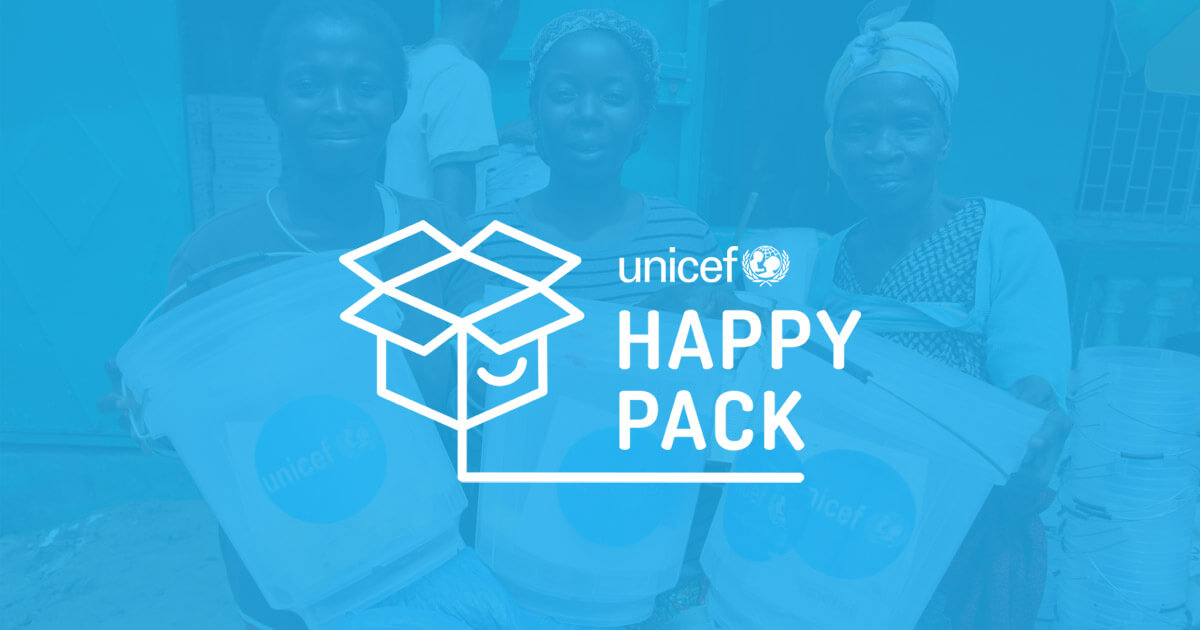E-Commerce
beCHARGE
Industry
E-commerce of prepaid solutions
Location
Belgium, the Netherlands, Luxembourg, France, Germany, Austria, Italy, Spain, Ireland, UK, Czech Republic
Working with us since
2017
The challenge
They also have repeat purchase behaviour. This means that the biggest part of the revenue lies in the future, making it harder to optimize the campaigns. A lot of marketers tend to focus on short-term KPIs, such as the revenue generated by the first purchase in beCHARGE’s case. By doing this, they are ignoring the fact that the same customer might come back later to do additional purchases, bringing in more revenue. As a result, they also underestimate the investment they can make to acquire new customers. Ultimately, they miss out on customers they could have acquired at a reasonable acquisition cost.
It is therefore crucial for a business like beCHARGE to get an idea of the expected future revenue and the customer acquisition cost. Like that, they can assess if they can be more aggressive and/or invest in upper-funnel channels to generate more awareness.
In our blog article, we explain the importance of understanding customer lifetime value in more detail.
Our solution
Display ads
Shopping ads
Analytics
Dashboarding
Digital strategy & consultancy
1. Digital marketing audit
We kicked off the collaboration with beCHARGE with a global digital marketing audit. During this audit, we took a closer look at the Google Ads accounts. Based on the insights gathered, we:
- Introduced new conversions and new audiences
- Got a better understanding of the customer lifetime value and customer acquisition cost
- Split in acquisition and retention
- Started testing different smart bidding strategies and split the campaigns based on country and language.
We also audited their Google Analytics setup. We soon learned that double tracking resulted in a very low reported bounce rate and over-reporting of revenue. We then noticed that payment gateways were not excluded and multiple goals were not working…
2. Training internal staff & management
Our initial audit was followed by thorough Google Ads training of the internal staff and management. We also educated them on new possibilities, such as Google Shopping and Dynamic Remarketing.
3. Setting up a flexible and scalable structure
We created different templates for new keywords, ad creation and extensions. This allowed us to create new campaigns in an easier and more efficient way. We introduced a fixed naming convention in the accounts. This not only made it easier to monitor the performance of the campaigns in Google Analytics but also allowed us to create monitoring dashboards that can easily be scaled to other countries.
4. Creation of a CRM dashboard to optimise the strategy for future revenue
A custom CRM dashboard with cohort analysis allows us to counter the 12-week limitation of Google Analytics. Most of all, the dashboard provides us with a view of the lifetime value. Through this, we get a better understanding of which products we need to focus on to optimize the revenue in the future.



